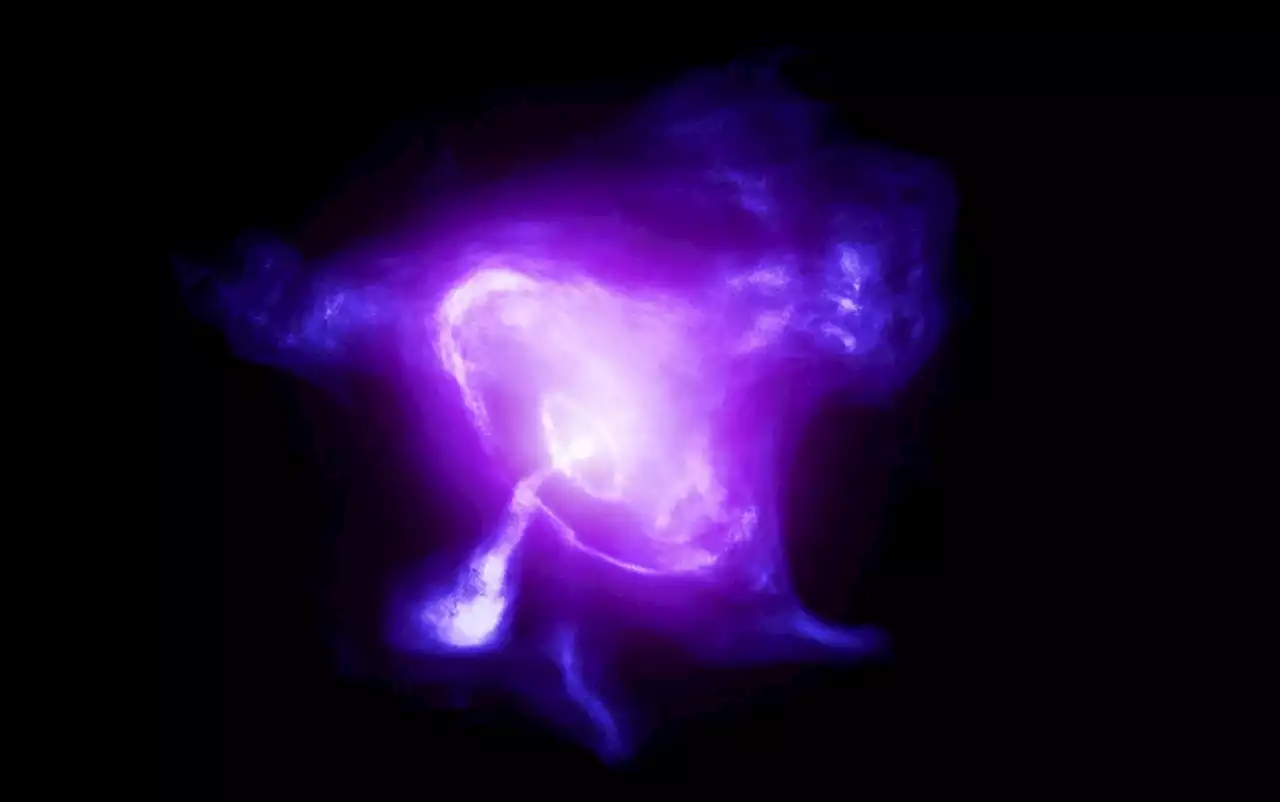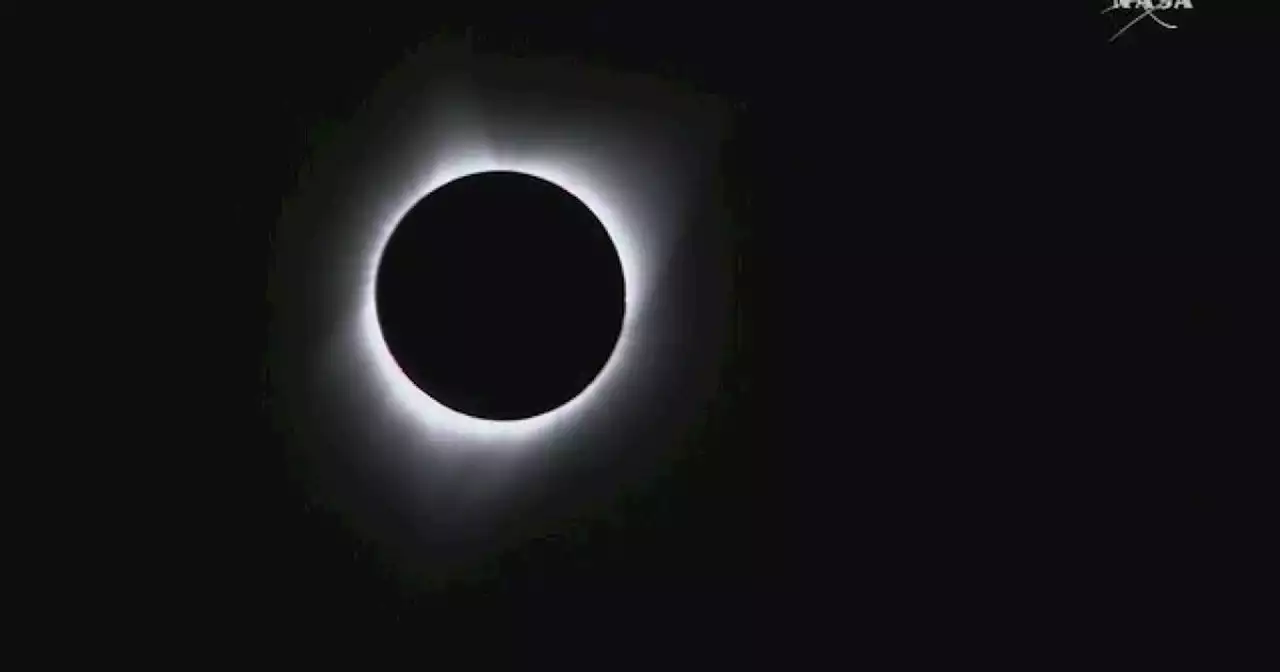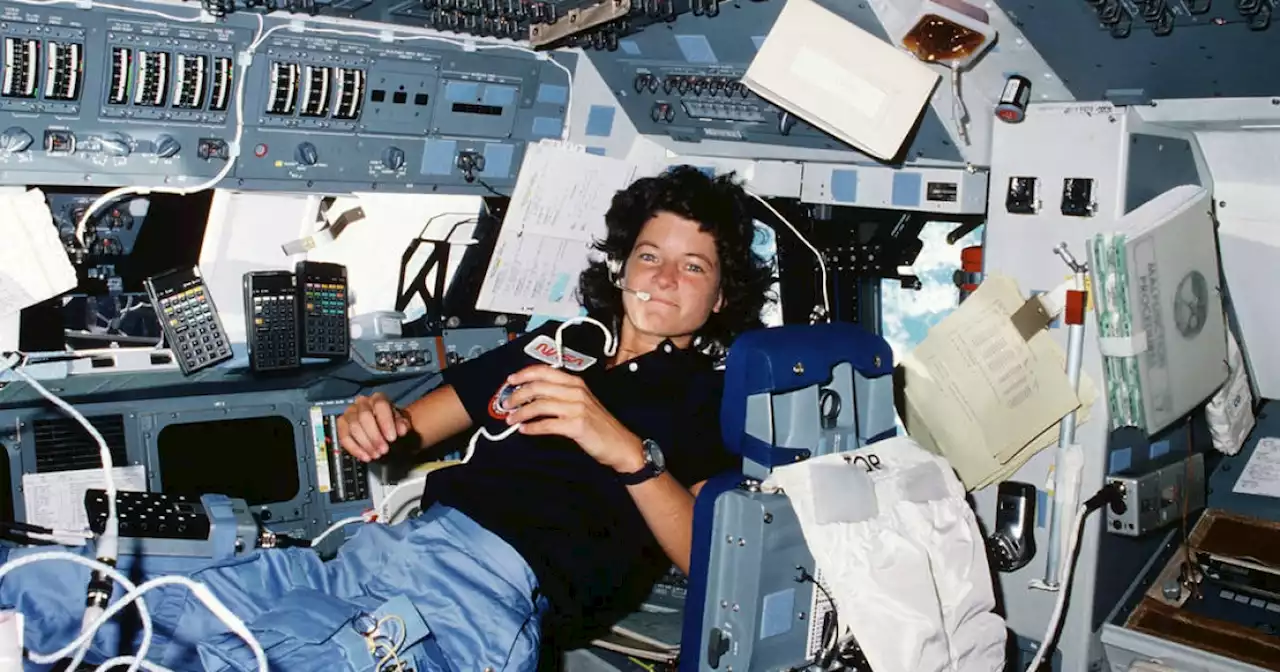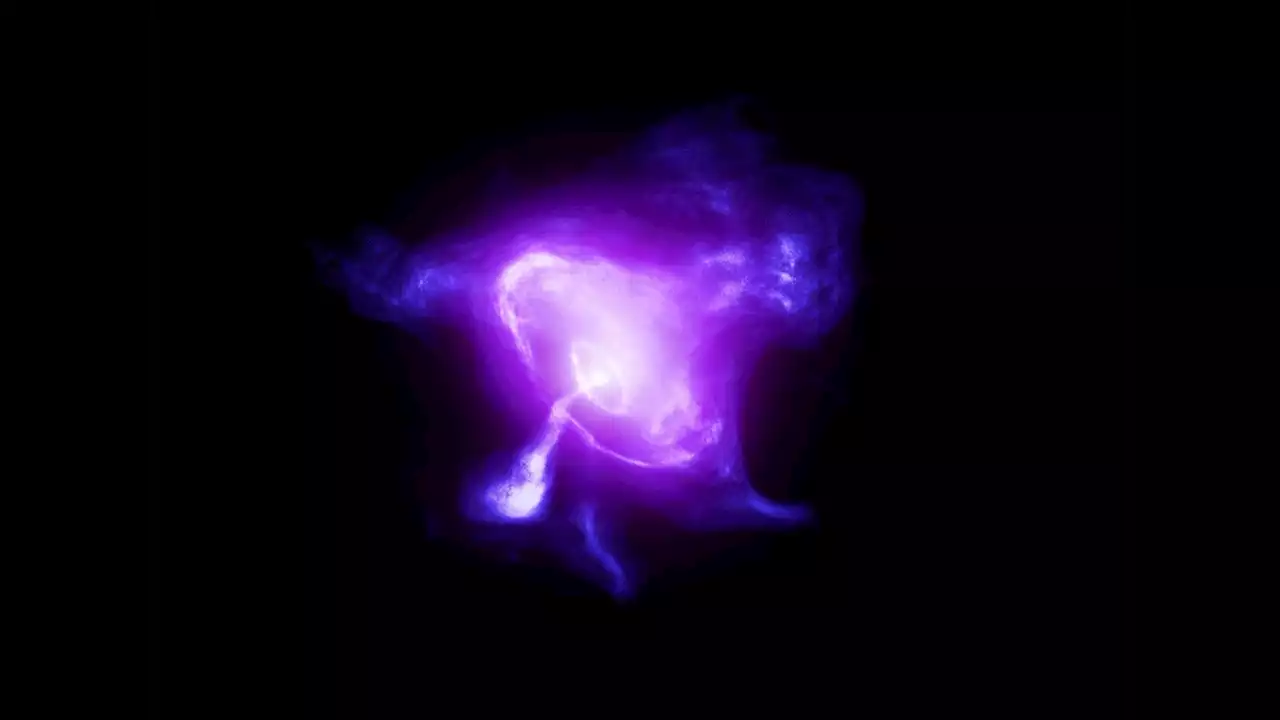'You're seeing something that no one has ever seen before.”
has captured an unprecedented view of a historic nebula. The Crab Nebula, which is located about 6,500 light-years away in the Taurus constellation, was first observed by Chinese astronomers in the year 1054 AD. The IXPE captured images of the“What makes science so beautiful and exciting is that for those few moments, you're seeing something that no one has ever seen before,” said Weisskopf, now an emeritus astronomer at NASA’s Marshall Space Flight Center in Huntsville, Alabama.
The IXPE observations of the Crab Nebula will help astronomers better understand the physics of supernova remnants and the processes that produce the high-energy particles that are detected in cosmic rays. The spacecraft will also study other celestial objects, such as black holes and neutron stars, to learn more about their magnetic fields and how they interact with matter and radiation in their surroundings., which is also donut-shaped.
The IXPE's observations of the Crab Nebula provide new insights into one of the most famous astronomical objects in the sky. The spacecraft's advanced technology has allowed astronomers to study the nebula in unprecedented detail, revealing new information about its magnetic fields and the processes that produce the high-energy particles that are detected in cosmic rays.
United States Latest News, United States Headlines
Similar News:You can also read news stories similar to this one that we have collected from other news sources.
 Simultaneous space and phase resolved X-ray polarimetry of the Crab Pulsar and NebulaThe Crab pulsar and its nebula are among the most studied astrophysical systems, and constitute one of the most promising environments where high energy processes and particle acceleration can be investigated. They are the only objects for which previous X-ray polarisation has been reported. We present here the first Imaging X-ray Polarimetry Explorer (IXPE) observation of the Crab pulsar and nebula. The total pulsar pulsed emission in the [2-8] keV energy range is unpolarised. Significant polarisation up to 15% is detected only in the core of the main peak. The nebula has a total space integrated polarised degree of 20% and polarisation angle of 145deg. The polarised maps show a large variation in the local polarisation, and regions with polarised degree up to 45-50%. The polarisation pattern suggests a predominantly toroidal magnetic field.
Simultaneous space and phase resolved X-ray polarimetry of the Crab Pulsar and NebulaThe Crab pulsar and its nebula are among the most studied astrophysical systems, and constitute one of the most promising environments where high energy processes and particle acceleration can be investigated. They are the only objects for which previous X-ray polarisation has been reported. We present here the first Imaging X-ray Polarimetry Explorer (IXPE) observation of the Crab pulsar and nebula. The total pulsar pulsed emission in the [2-8] keV energy range is unpolarised. Significant polarisation up to 15% is detected only in the core of the main peak. The nebula has a total space integrated polarised degree of 20% and polarisation angle of 145deg. The polarised maps show a large variation in the local polarisation, and regions with polarised degree up to 45-50%. The polarisation pattern suggests a predominantly toroidal magnetic field.
Read more »
 From Sounding Rockets to Satellites: The 50-Year Journey To Map the Crab Nebula’s Magnetic FieldNASA's IXPE has created a detailed map of the Crab Nebula's magnetic field, revealing its complex geometry and turbulence, and refining the angle of polarization across the object. The findings suggest X-rays originate in the outer magnetic field region, or 'wind' region. On February 22, 1971, a
From Sounding Rockets to Satellites: The 50-Year Journey To Map the Crab Nebula’s Magnetic FieldNASA's IXPE has created a detailed map of the Crab Nebula's magnetic field, revealing its complex geometry and turbulence, and refining the angle of polarization across the object. The findings suggest X-rays originate in the outer magnetic field region, or 'wind' region. On February 22, 1971, a
Read more »
 NASA partners with Indianapolis Motor Speedway for Eclipse viewing experienceThe Solar Eclipse will be visible in Indiana one year from today. To prepare, NASA and the Indianapolis Motor Speedway have teamed up for an exciting day of programming and celebration.
NASA partners with Indianapolis Motor Speedway for Eclipse viewing experienceThe Solar Eclipse will be visible in Indiana one year from today. To prepare, NASA and the Indianapolis Motor Speedway have teamed up for an exciting day of programming and celebration.
Read more »
 NASA Solar Eclipse Partner Locations for 2023 and 2024NASA has selected the following locations as its primary partner locations for the total solar eclipse: Kerrville, Texas; Indianapolis, Indiana; and Cleveland, Ohio. Each location will provide a group viewing area for the public.
NASA Solar Eclipse Partner Locations for 2023 and 2024NASA has selected the following locations as its primary partner locations for the total solar eclipse: Kerrville, Texas; Indianapolis, Indiana; and Cleveland, Ohio. Each location will provide a group viewing area for the public.
Read more »
 NASA announces four astronauts who will travel around the moon on Artemis IINEW YORK — NASA and the Canadian Space Agency announced Monday the four astronauts who will partake in the next Artemis mission and fly around the moon.
NASA announces four astronauts who will travel around the moon on Artemis IINEW YORK — NASA and the Canadian Space Agency announced Monday the four astronauts who will partake in the next Artemis mission and fly around the moon.
Read more »
 How NASA's class of '78 changed the face of space travel | Digital TrendsNASA's 1978 astronaut class was a turning point for the agency, and it set the stage for the more diverse and inclusive space program we have today
How NASA's class of '78 changed the face of space travel | Digital TrendsNASA's 1978 astronaut class was a turning point for the agency, and it set the stage for the more diverse and inclusive space program we have today
Read more »
